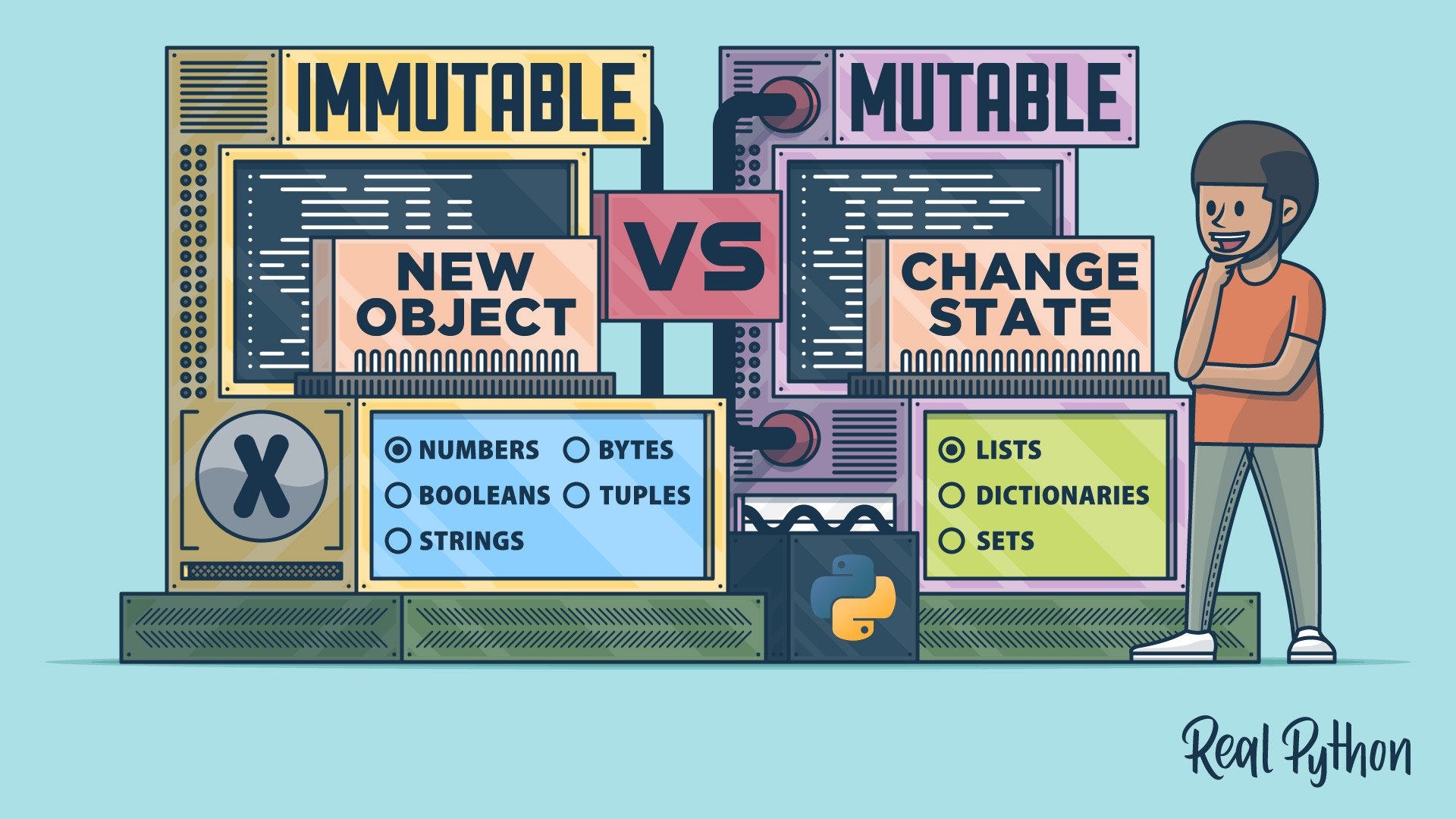In Python, handling errors effectively is crucial for writing robust and reliable programs. 🐍💻 In this Python exception handling tutorial, we’ll cover the essential techniques for managing runtime errors and exceptions. Python provides several built-in methods, such as try, except, else, and finally, to catch and handle errors gracefully. In this tutorial, you will learn how to handle errors, prevent crashes, and manage specific and generic exceptions in your Python applications. Let’s dive in and understand how these error handling techniques can make your code more stable! 🚀 📌 Python Exception Handling Tutorial: Master Error Management Python is known […]
❗🐍Python Exception Handling Tutorial
Python exception handling tutorial demonstrating the use of try, except, else, and finally statements with error handling examples.





